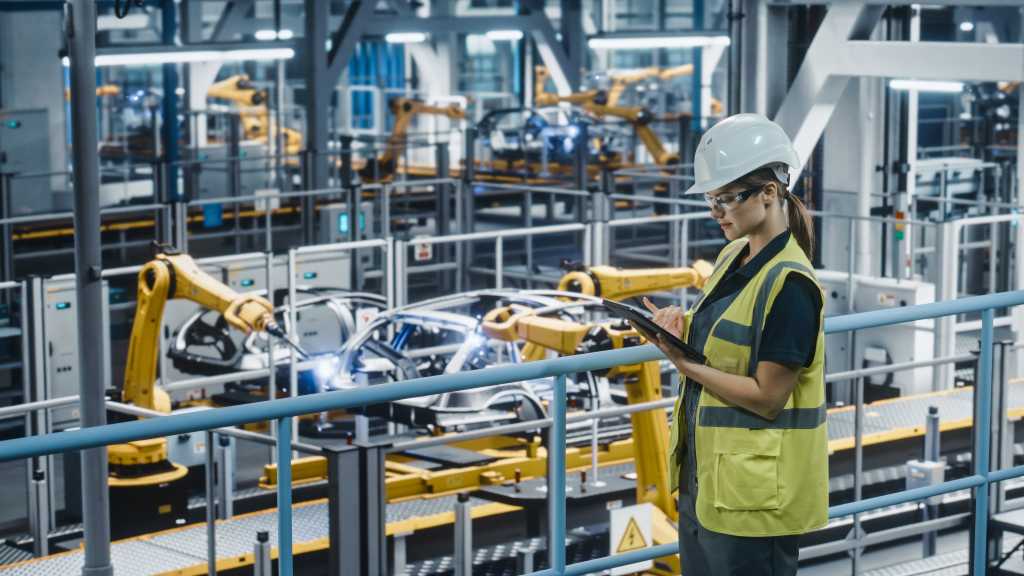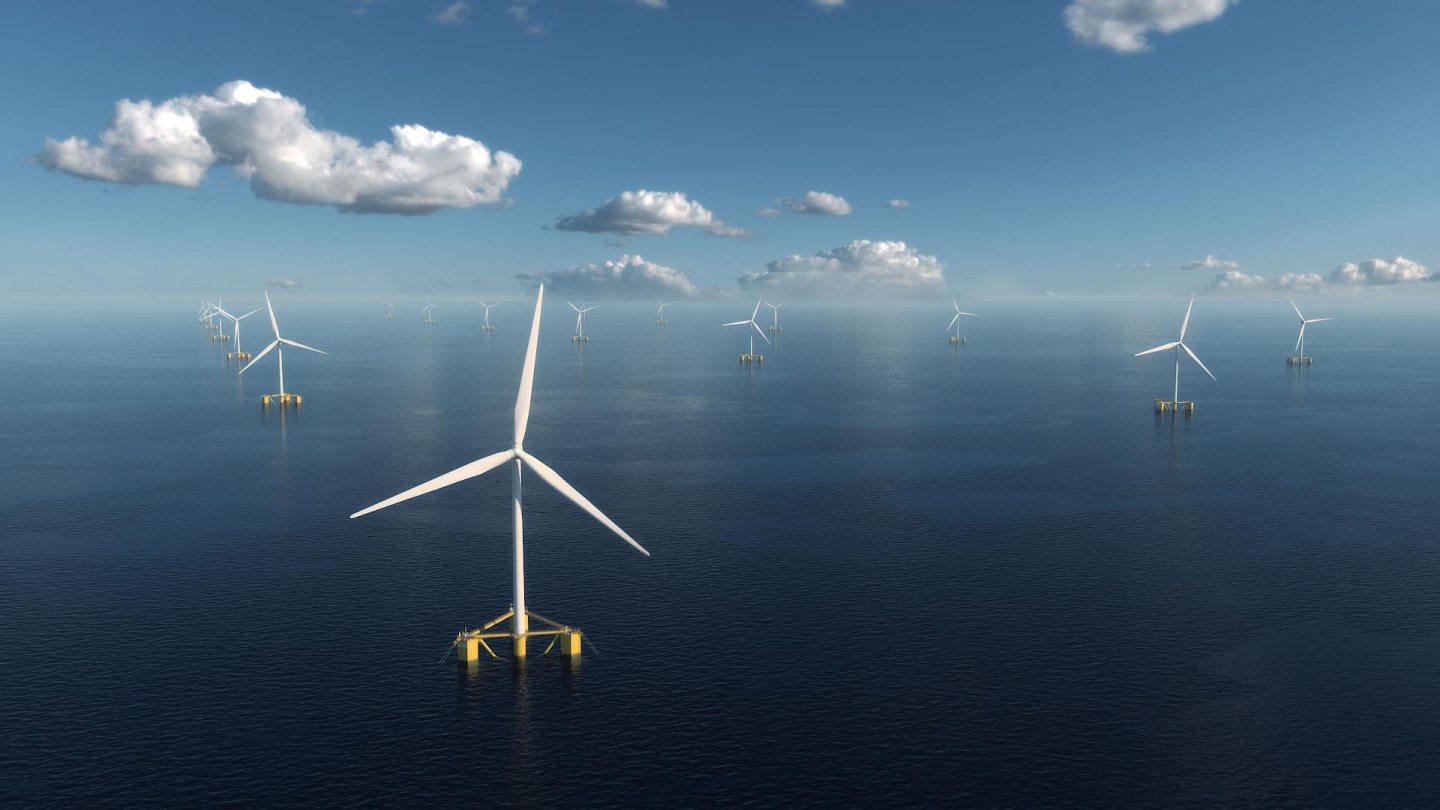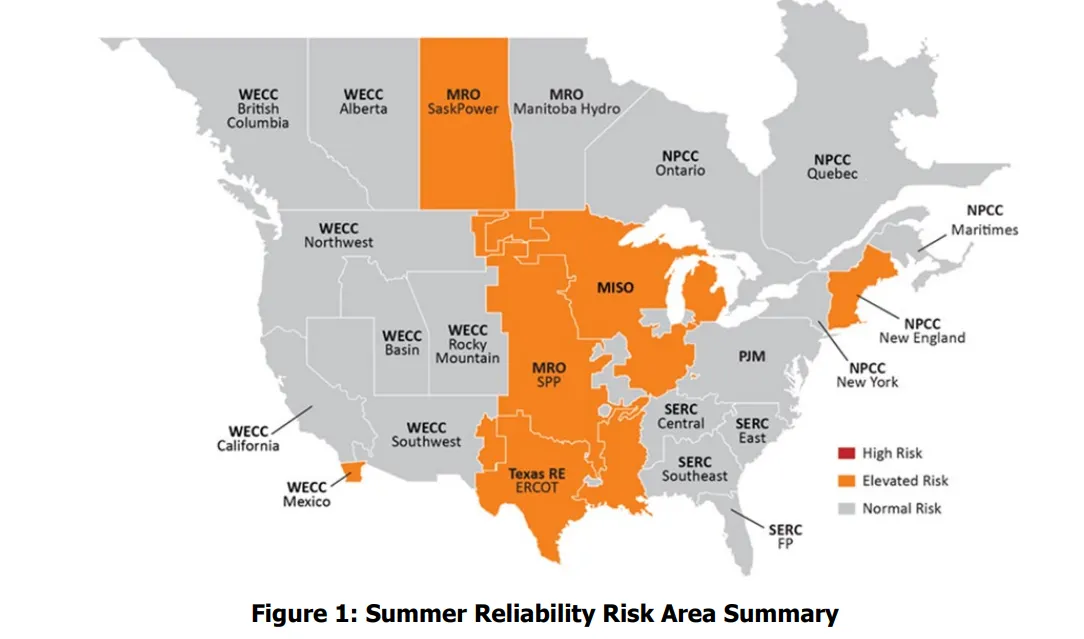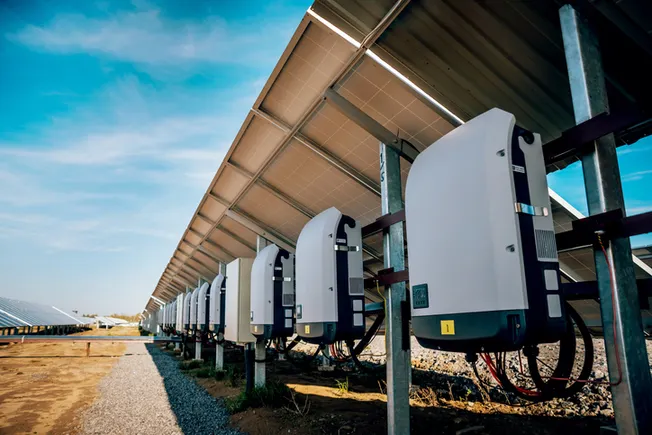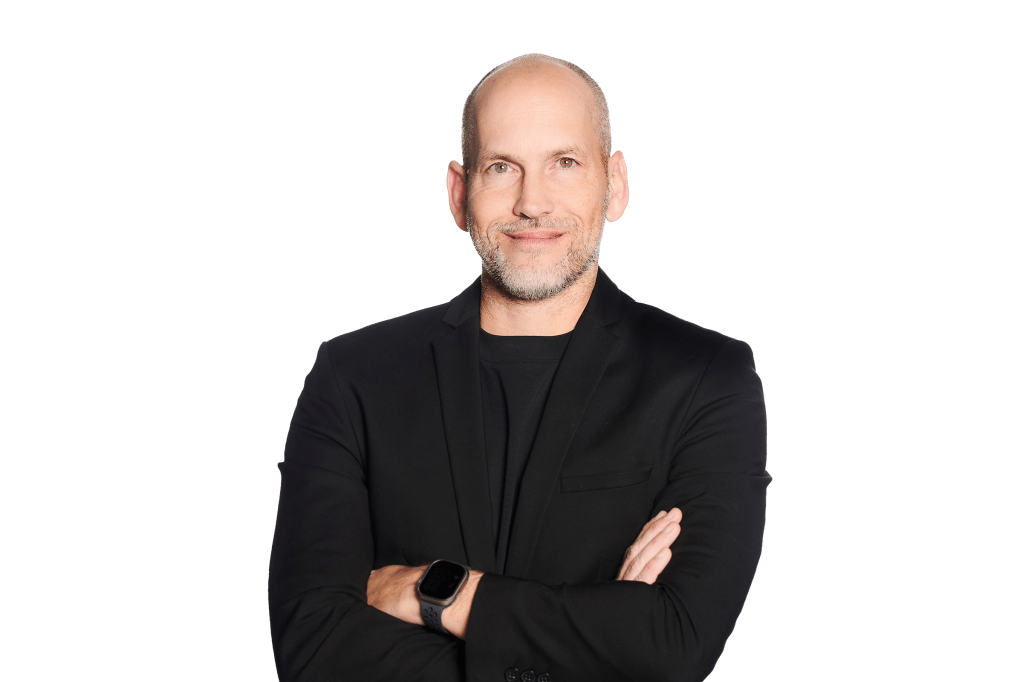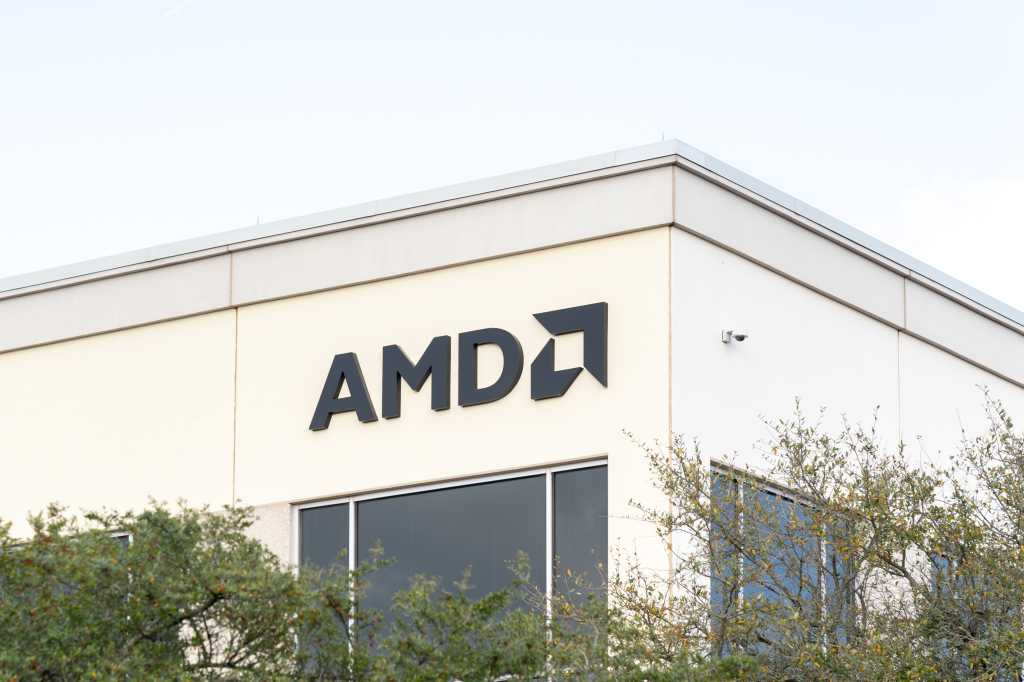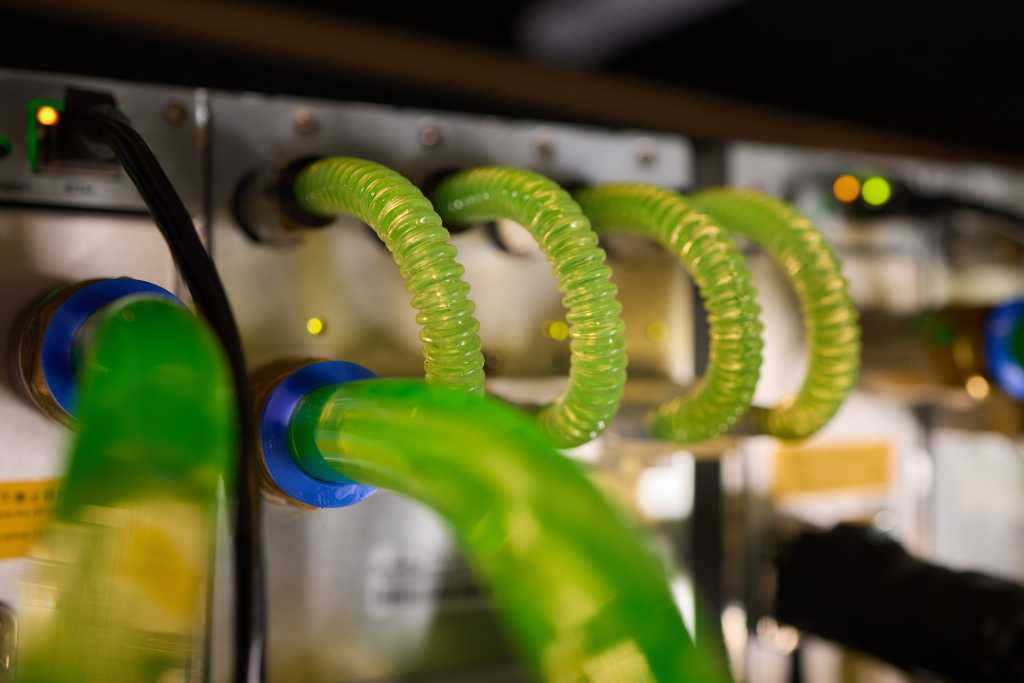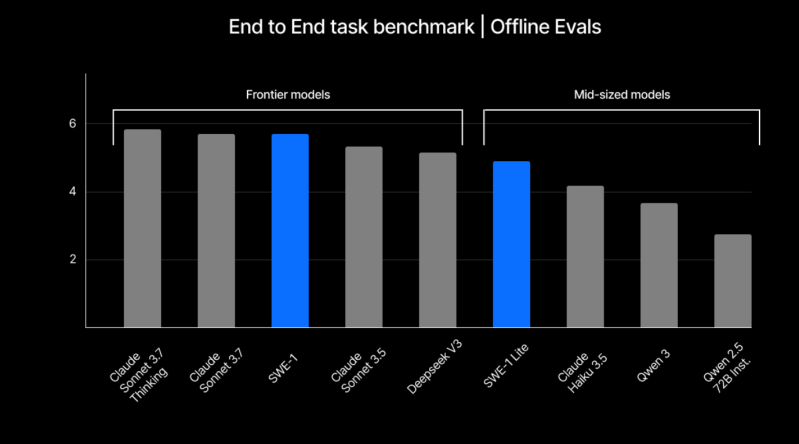The UK missed out on potentially £3.5 billion of investment by choosing the stalled Hornsea 4 wind farm over other projects in the last capacity auction.
The UK government’s head of Mission Control for clean energy Chris Stark told the audience at All Energy: “Ørsted’s decision to delay Hornsea 4 despite securing a contract for difference (CfD) last year is a blow for us, particularly because it displaced other very good projects that would otherwise be in full development right now.”
Speaking during the opening plenary alongside Stark, RWE UK country chair Tom Glover added that RWE’s projects were among those not selected in allocation round 6 (AR6), when Hornsea received its CfD.
“I have massive sympathy with Ørsted,” he said. “But it was actually some of RWE projects that weren’t successful.
“As a result, there would have been £7-8 billion of money that could have come to the UK 12 months ago, and for every pound I spend, roughly 50p ends up in the UK.
“So we’re talking about £3.5bn that we could have had in the UK for 12 months that hasn’t been deployed. You’ve got investors with money ready to go and we’re not deploying it.”
 © Supplied by All-Energy
© Supplied by All-EnergyGlobal headwinds
Danish developer Ørsted announced this month that it would discontinue construction on its landmark 2.4GW Hornsea 4 offshore wind farm in what was viewed in some quarters as a blow to the UK’s net zero targets.
Despite having received a contract for its power, the company said that “several adverse developments” such as increasing supply chain costs, higher interest rates, and an increase in the risk to construct and operate the project, had eroded the project’s financial case.
Stark noted that Ørsted’s decision reflects “the reality of offshore wind development in today’s global market”.
“There’s no dressing it up, we need to acknowledge the challenges that face this industry,” he added.
But RWE’s Glover said that the UK alone cannot solve global headwinds, and needs to focus on the things it can control.
“The most important thing is to get investors policy certainty. That allows me to put the best assumptions in my model and allows me to get the lowest cost of capital,” he said.
“The cost of capital is what really drives the ability to deploy, and it drives consumer bills. Unless we can deliver renewables as cheap as we can, then we won’t get low consumer bills, we won’t get jobs, we won’t get investment.
“I’m ready to deploy that capital but we need a successful AR7.”
Restoring confidence
While one stalled project isn’t enough to throw the UK’s clean energy transition off, Stark pledged that the UK government will deploy levers to keep things on track – though he didn’t specify what those would be.
“I want our clean power plan to be key to making the UK a safe port for investment in a storm,” he said.
“Confidence is our most valuable commodity, we must not risk losing it. The coming months need to be about maintaining and improving confidence, perhaps even restoring confidence.”
However, Glover said that, despite these issues, the UK still remains a competitive place to invest.
“For RWE, the UK remains the best place to invest,” Glover said. “I’d like to say that, historically, the UK has had the gold standard – we have the CfD, the capacity market, dispatchable power agreements. But we’ve now moved to a point where it’s because everybody else is doing so badly.
“But it doesn’t really matter as long as we’re running faster than every other country then the money will still flow towards the UK, but there are very difficult global headwinds.”
Key to this will be creating clarity over the UK’s policy, planning and regulatory levers, Stark said, “and we need to be clear about when we’re going to implement changes across those things not just commit to open-ended consultations.”
He concluded: “We’ve got this, we understand the need to bring some order to all this, we will use this year well to bring some clarity to what’s going on.”




